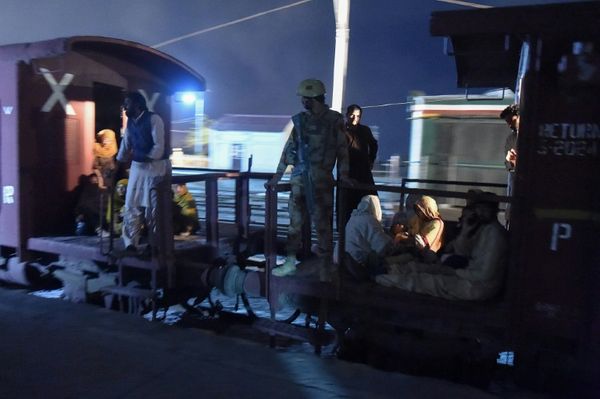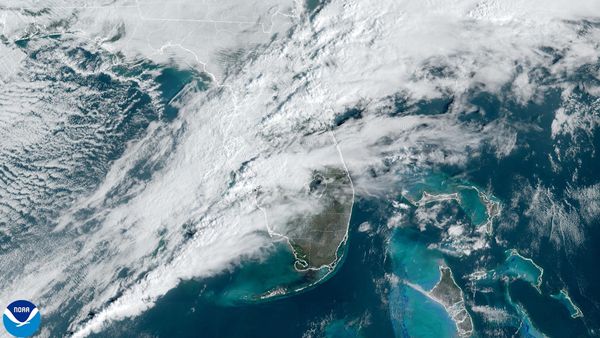Death Valley, California reached 130 degrees F on Friday, and the National Weather Service (Las Vegas) is forecasting the possibility of the location reaching that mark again on Sunday. Just so that Saturday doesn’t feel left out, the temperature reached 129 degrees F on that day (such a slacker). In all seriousness, this is brutal heat, but Death Valley is no stranger to heat records. Here’s why it can get so hot there.

The U.S. just experienced the hottest June on record, and scorching heatwaves in the West certainly contributed. That same region is in the grips of another oppressive heatwave that is challenging some of the all-time temperature records. According to Newsweek magazine, the World Meteorological Organization (WMO) and NOAA officials are trying to determine if the 130 degree F reading is the third-hottest temperature ever recorded on Earth. Candidly, it may move up the ladder some as the WMO disqualified a 1922 reading of 136.4 degrees F in 2021. Observations and climatological techniques are far more reliable today.

With that demotion, “Death Valley National Park in California, USA, now officially holds the title of the world’s hottest place,” according to a WMO press release. The National Park Service documents a reading of 134 degrees F (1913) at Furnace Creek as the hottest air temperature recorded in Death Valley. That number places the current temperature readings in extraordinary context. It should not be lost on you that the low temperatures are also extreme. As meteorologist Eric Holthaus tweeted, “With a high of 130°F (54.4°C) and a low of 104°F (40°C), Friday at Death Valley was the hottest day ever recorded anywhere in the world. Average temperature: 117°F (47.2°C)....” Officials will still need verify where these readings stand in the record books.
So what is it about that geographic location that allows it to get so hot? The U.S. National Park Service website is a good place to start. It says, “The depth and shape of Death Valley influence its summer temperatures.” The valley is actually 282 feet (86 m) below sea level, but steep mountains line it. There is also very little vegetation, and the air is very dry. The website goes on to note, “Heat radiates back from the rocks and soil, then becomes trapped in the valley's depths (By the way, this can happen in urban canyons with buildings and streets too).” Trapped air in the valley walls can actually descend and be heated by something called adiabatic compression. Descending air encounters higher atmospheric pressure and is compressed (and warmed). For this reason, summer low temperatures can remain in the upper 80s or low 90s.

While that explanation explains local effects, it is also important to remember some other meteorological and climatological factors. The American West is often dominated by high pressure systems. Stagnant domes of high pressure can lead to drought and deadly heatwaves. This is currently playing out in the West. By the way, I would be negligent by not mentioning climate change. You’ll notice that I presented explanations rooted in meteorology, topography, and physics. Let’s now place all of that within the context and backdrop of a warming climate system. The peer-reviewed literature has clearly established that heatwaves are becoming more intense and frequent due to anthropogenic impacts on top of the naturally-varying climate system. In fact, a recent rapid attribution study suggests that the recent heatwave in the Pacific Northwest was unlikely without climate change.








